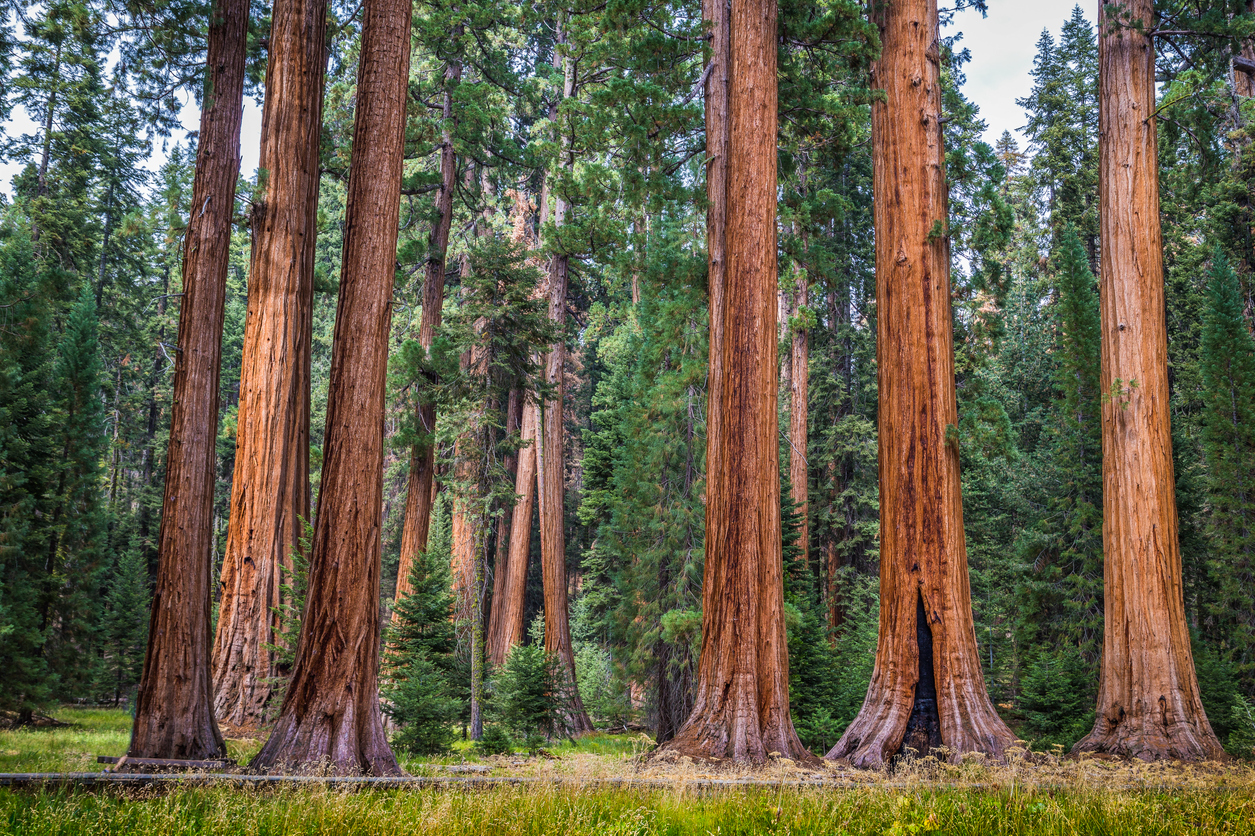
If our goal is to capture and store carbon, the best thing we could do with forests is to keep them around and let them grow old. Older forests generally capture and store far more carbon over time than do younger ones (learn more about climate-friendlier forestry). And the oldest forests store the most. The temperate rainforests that extend up the Pacific coast from Northern California to Alaska, for example, are incredibly valuable from a carbon perspective, and what remains of their original ancient forests are among the greatest terrestrial carbon pools on the planet.
This is why forests in these and other high-biomass regions need to be protected through a national Forest Carbon Reserve. This would identify and conserve carbon-dense primary forests as well as areas suitable for ecologically-appropriate restoration, afforestation and "proforestation" - a relatively new term that means extending protections so as to allow areas of previously-logged forest to mature, removing vast amounts of atmospheric carbon and recovering their ecological and carbon storage potential.